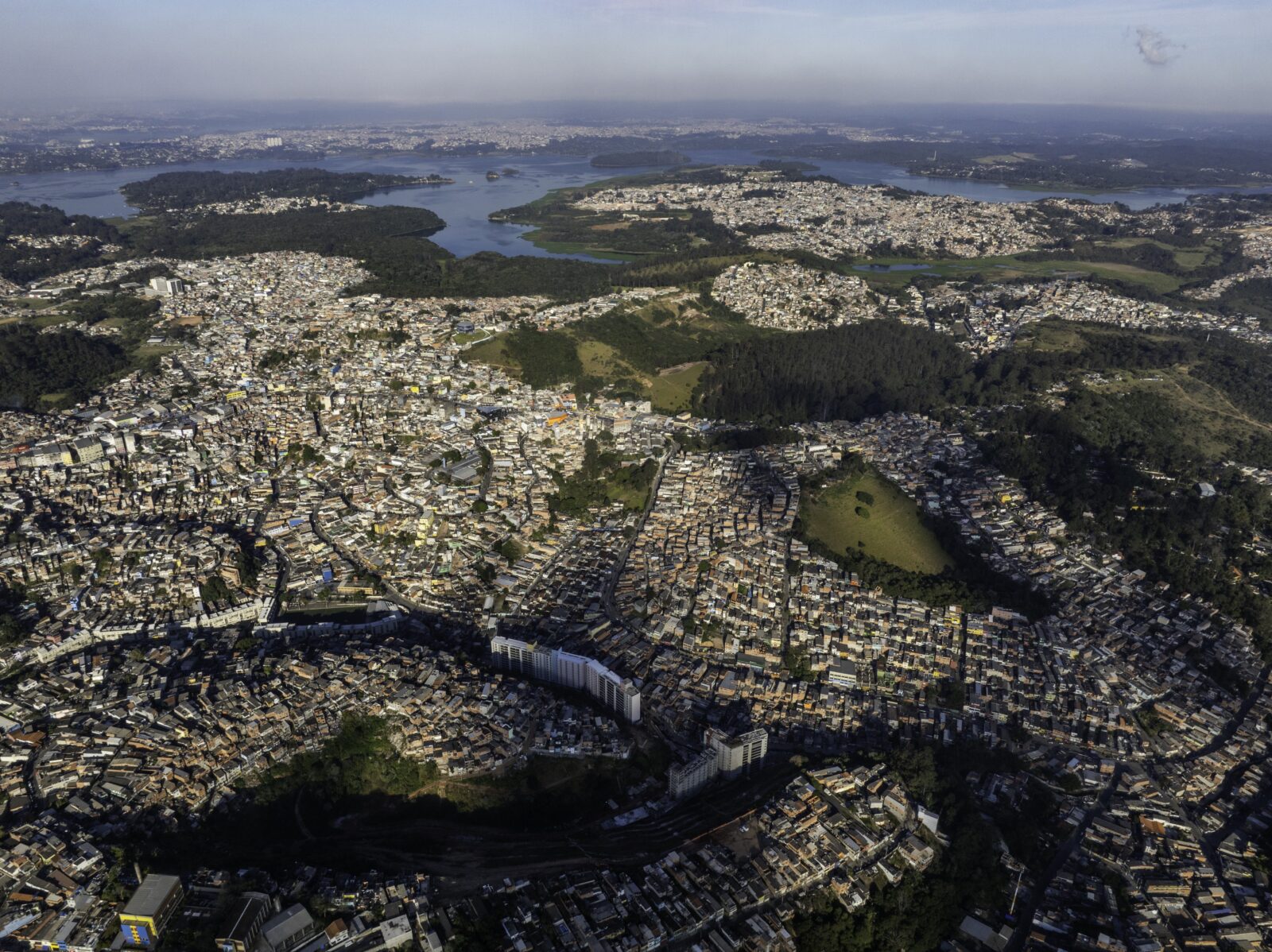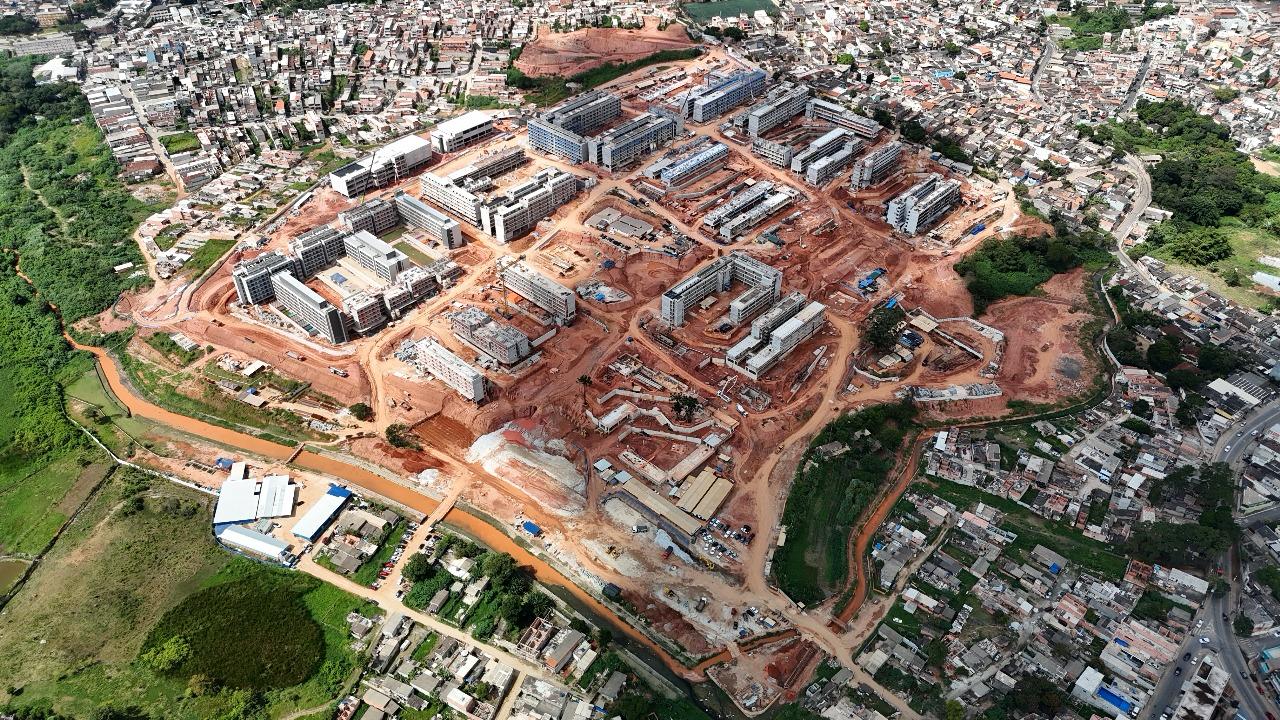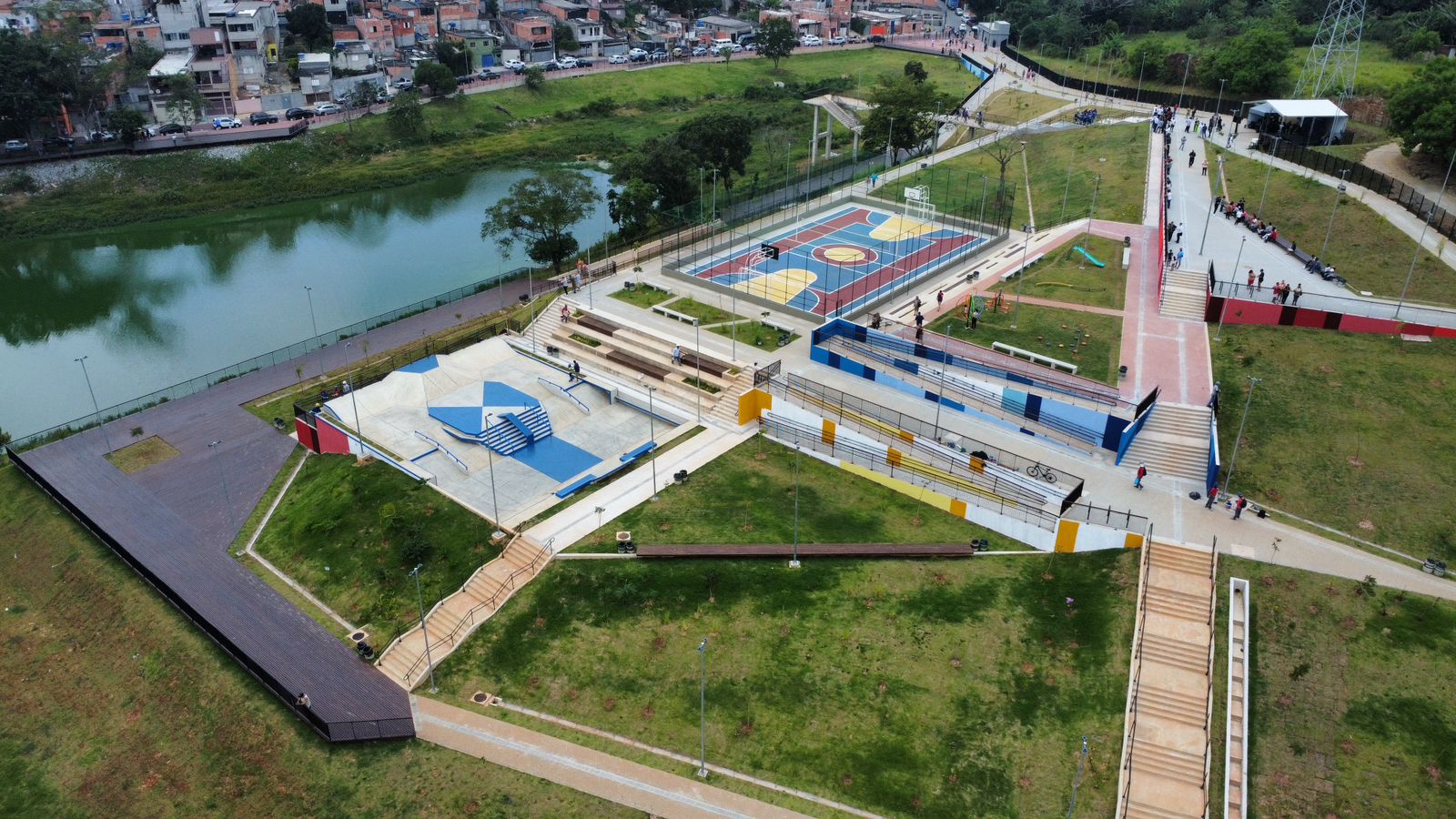Project implementation: Brazil
Project development: Brazil
The Mananciais Program is a public policy for integrated urbanization aimed at São Paulo's watershed areas, focusing on the Guarapiranga and Billings river basins. Its origins date back to the 1990s, when the Guarapiranga Program was created, a pioneering landmark of socio-environmental intervention in the city. Over three decades, the initiative has evolved to encompass new territories and methodologies, consolidating its position as a benchmark in the reconciliation of urbanization and environmental preservation.
Conceived by Elisabete França, an architect and urban planner recognized for her work in housing policies and urban renewal, the Program gained a new institutional structure in 2021 with the creation of the Mananciais Program Executive Secretariat. Elisabete served as the first executive secretary (2021–2024), leading the resumption of Phase 3 and structuring integrated action across different areas of the City Hall. Beginning in 2024, the program was led by Maria Teresa Fedeli, who maintains the program's intersectoral strategy and reinforces its social and community dimension.
The Executive Secretariat has a multidisciplinary team, mostly composed of young women, who work directly on planning, coordinating, and monitoring the projects. This composition gives the Program an innovative perspective, sensitive to issues of gender, social inclusion, and territorial equity.
The Phase 3 strategy combines sanitation, drainage, containment, paving, and housing projects with social, cultural, and environmental initiatives that strengthen urban resilience and climate justice. One of the distinguishing features is the adoption of Nature-Based Solutions such as rain gardens, bioswales, retention ponds, and river parks, which integrate urban drainage and environmental preservation into the city's design.
The Program also promotes the implementation of public facilities—Basic Health Units, Early Childhood Education Centers, TEIA Spaces, libraries, sports and cultural centers—by establishing intersectoral partnerships with various departments. These facilities serve as social anchors, bringing essential services closer to the population and strengthening community ties.
Social participation is a structuring axis: workshops, listening sessions, collective plantings, and cultural activities bring residents closer to the urban transformation process, fostering a sense of belonging and shared responsibility for the territory. Emblematic experiences, such as the urbanization of Jardim da União, demonstrate how a set of interventions can promote dignity, integration, and new opportunities for historically vulnerable communities.
More than just construction projects, Phase 3 represents an urban and environmental pact that recognizes the interdependence between cities and nature. By promoting integrated and sustainable interventions, the Program reinforces that quality urbanization is also a strategy for protecting water sources, reducing inequalities, and strengthening climate resilience.




